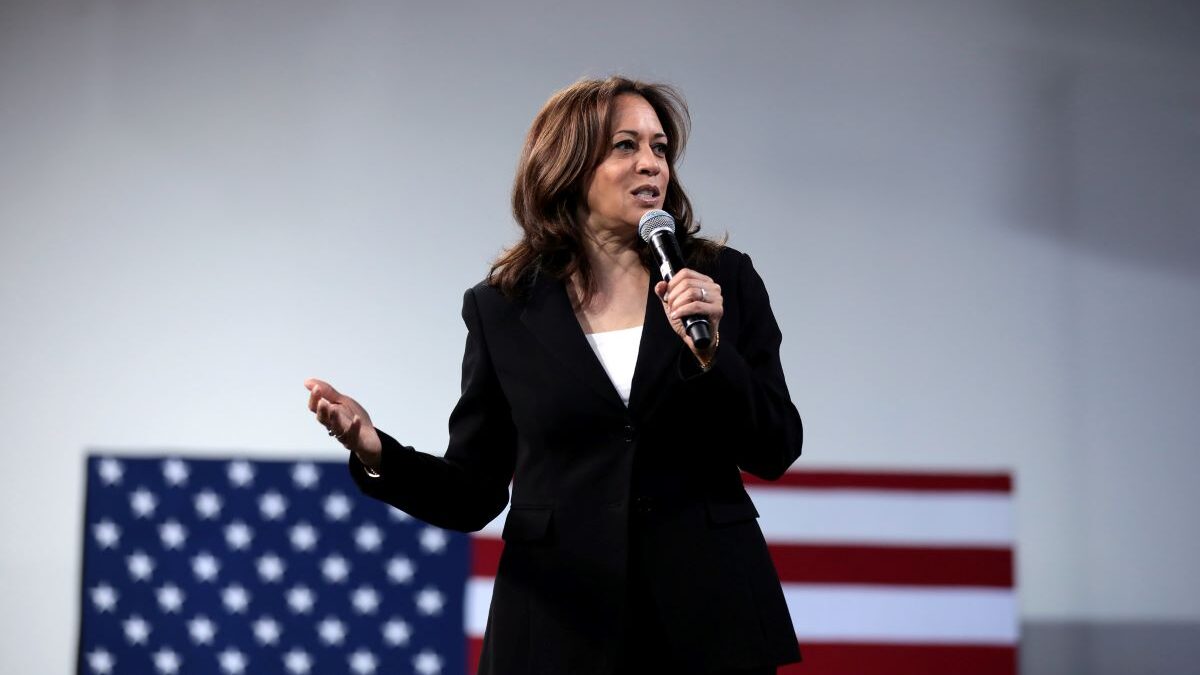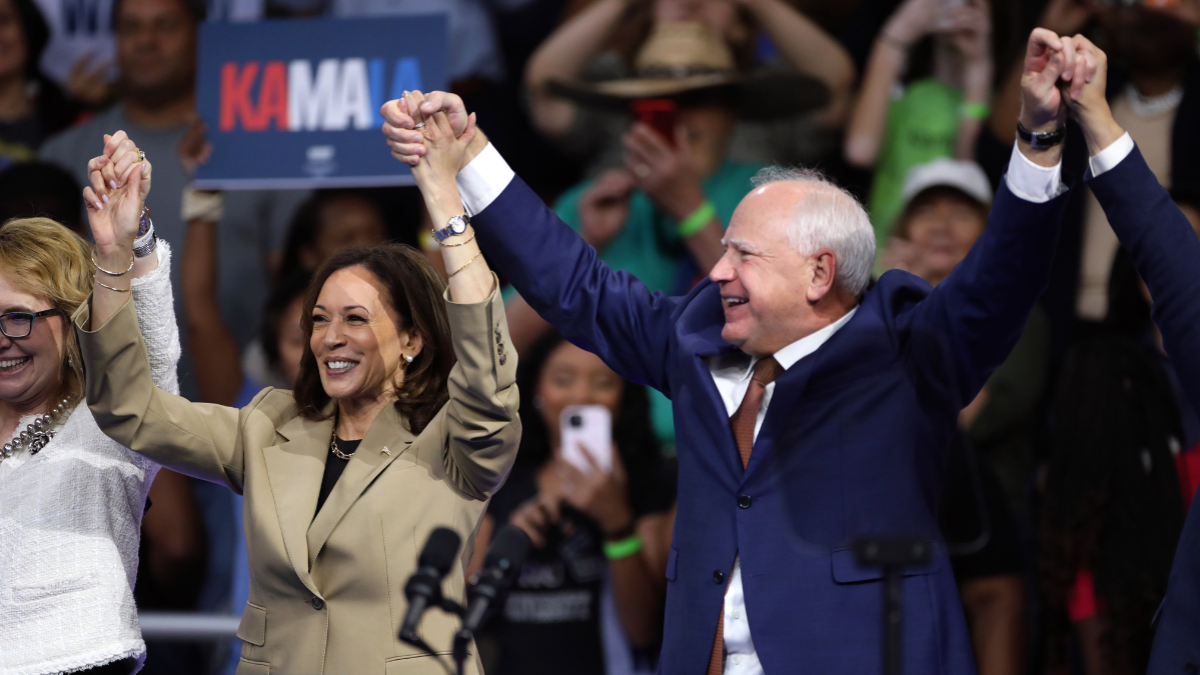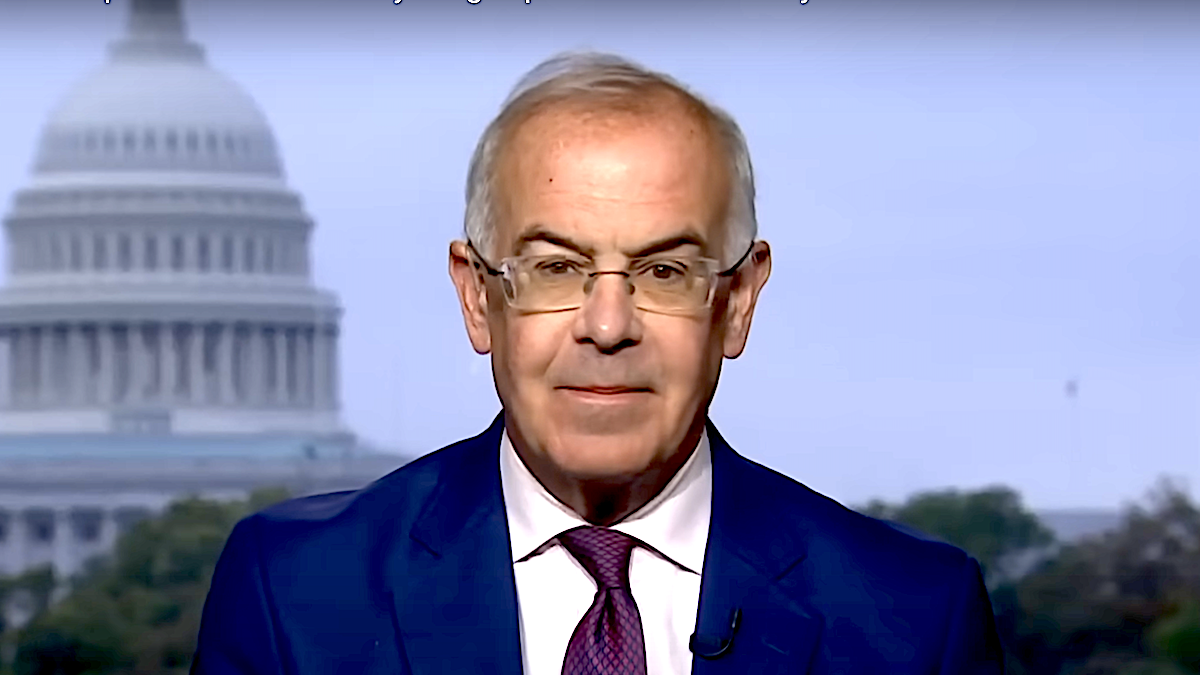
The president recently signed a tax reform bill into law. Of course, both conservatives and Democrats see problems with it. Some conservatives argue it doesn’t cut taxes enough, and others are disappointed it may increase the country’s already astronomic deficits and debt.
Liberals think the law’s end of Obamacare’s individual mandate to purchase health insurance will hurt families, and that reducing taxes merely benefits the uber-wealthy. While the tax reform bill isn’t a flawless piece of legislation, it is silly to downplay the cut average families will receive, and doing so reveals a longtime disparity between political ideologies.
The Size of the Middle Class Tax Cut
According to the Tax Policy Center, Americans who earn between $48,000 and $86,000 per year will see a tax cut of approximately $18 a week, or $1,000 per year, from the new law. Anyone who can add can see $1,000 a year is not a lot of money per se, but it is some money. It’s certainly more than zero—can we all agree with that? Yet still, many couldn’t help but deride both the bill and its tax cuts for average families, saying this amount of money back in people’s pockets is small and basically irrelevant.
Washington Post “conservative” commentator Jennifer Rubin, for example, mocked the $75 extra average families will pocket per month:
Seventy-five bucks would probably cover Trump’s lunch tab at her father’s club, but really does nothing for those low-income families. https://t.co/Al9kTU430v
— Jen "get knocked down, get back up " Rubin (@JRubinBlogger) December 21, 2017
Most of the derision came from liberals, who, ironically, always claim to want to help middle-class families. Yet they claim they know how to better spend the $1,000 Americans earn than those Americans do.
https://twitter.com/arthur_affect/status/943695463735181313
I will happily mock the idea that an extra $80 month helps the average family … when the cost of that extra $80 will be diminished resources for spending programs that do far, far more to help the average family https://t.co/qjDWyDMDXP
— Michael A. Cohen (NOT TRUMP’S FORMER FIXER) (@speechboy71) December 21, 2017
After one Twitter user (who actually didn’t care for the tax bill as a whole) explained he could purchase dinner out for his family due to the cut, he received snide comments including disbelief, mockery, and highbrow elitism over his choice of fast-casual restaurants his family would enjoy.
If the GOP wants to make their tax plan popular, they should invite everyone to read the progressives on Twitter mocking the idea that families could use an extra $1,000 a year to better their lives.
I didn't even want the tax plan but they are making me more sympathetic to it.
— The Darkest Timeline Numbersmuncher (@NumbersMuncher) December 21, 2017
Where are you having a dinner out as a family for $36? https://t.co/Kww6OmOAV7
— jesse spector (@jessespector) December 21, 2017
McDonald's, Culvers, Pizza, Chuck-E-Cheese, Chick-fil-a, Five Guys, Red Robin, Panera Bread, Pei Wei…
The fact that so many sneer at this proves how out of touch so many are to many middle class families. https://t.co/TjDepfzXCT
— The Darkest Timeline Numbersmuncher (@NumbersMuncher) December 21, 2017
What Middle-Class Families Can Do With a Thousand Bucks
Apparently some people are sure that middle-class families don’t need or won’t well-use an extra $1,000 per year, yet nothing could be further from the truth. The median U.S. household income is about $59,000. In certain parts of the country like Washington DC or Los Angeles, California, living at the median can make a family’s budget feel tight.
So families who live in high-cost areas, and even families who don’t, could use their extra funds to cover bills, extraneous child-related expenses, or even to bulk up savings. It’s particularly a lot of money for larger families with children. From food and piano lessons to braces and sports activities, raising a family costs money, and a little can go a long way.
Many of the female contributors at The Federalist felt strongly about those extra funds and immediately began devising smart, useful ways to spend it. Federalist editor Joy Pullmann noted $1,000 is about $200 more for each of her five children per year. She would use it on anything from piano lessons for her daughter to catching up on routine dental appointments for the entire family. It might even allow for an extra date night so she and her husband can reconnect without the kids.
Federalist writer Holly Scheer, a pastor’s wife and mother of four, would use the funds to donate to local organizations, to provide piano lessons for one of her children, and a new pair of eyeglasses.
I have four kids as well, and can attest to the value of a chunk of change as “little” as $1,000. That alone would allow for my third-born to go to swimming lessons until she can swim as well as her older siblings—a big deal because the middle child is often squeezed between activities. It would also pay for piano lessons for my older two children, new shoes for the ten year-old, who grows like crazy, and a “big boy” bed for my four-year-old, who still sleeps on a toddler-style bed.
The tax cut won’t just help large families, either. Anyone who qualifies as “middle-class” benefits. Federalist Senior Contributor Inez Stepman and her husband both work full-time and currently have no children. She confesses she doesn’t feel “average” and might purchase new shoes for a night out with her tax cut. And why not? It’s the little things, right?
Others, like Federalist Senior Contributor Helen Raleigh, owner of an investment advisory firm, might save the funds, which would ultimately benefit them (and the economy) later in life. She and her husband, who are expecting their first child, would like to put half in a 529 plan for their son and the other half into retirement savings. Given the power of compound interest, a thousand more stashed away every year can generate an additional $1,000 to $100,000 in ten, 20, or 30 years.
Sure, none of us are going to be living like “The Real Housewives of Orange County” following the tax cut, but some money back in our own pockets is better than zero.
The Real Issue Here Isn’t $1,000
To be sure, the fact that average families will have an extra $1,000 a month is not the best thing about the tax plan nor the worst thing, but it is something, and the fact that it is a point of contention also indicates something deeper. On Twitter, the debate ranged from “Oh, $80/month is chump change” to “We should be collectively putting that back into the government.”
Neither assumption is true, and both reveal very different political ideologies about spending and the role of the government, which is actually at the heart of this debate. Whose money belongs where? Should individuals decide how their own money is spent? Is money better spent once it’s been pooled and redistributed by a large third-party organization (that takes its own sizeable cut)?
Of course, a tax cut doesn’t mean America is headed in the right direction, or that a massive government spending bill wouldn’t basically negate the whole thing. Like I said, it’s not perfect. But cutting taxes for middle-class Americans shows the president and Congress believe several things about government and the American people: More money in the hands of the people who earned it can boost the economy. The average American, not whatever other people happen to be running the government, knows best how to spend his money.
Some conservatives hope Trump’s tax cut will mimic what happened during the President Reagan administration, which reflected traditional fiscal conservative ideas, or supply-side economics, while paying homage to bipartisan politics in execution. However, that can only happen when government spending is also reduced in addition to cutting federal taxes and regulations. All these things impede the wealth creation that flows from people having the power to make their own life decisions.
The fact that liberals opposed Trump’s tax cuts for the middle class while sneering at the $1,000 per year those families would gain as a result shows just how little they think of the American people’s right to spend the money they earn and how entitled and snobbish the “progressive” ideology remains.









